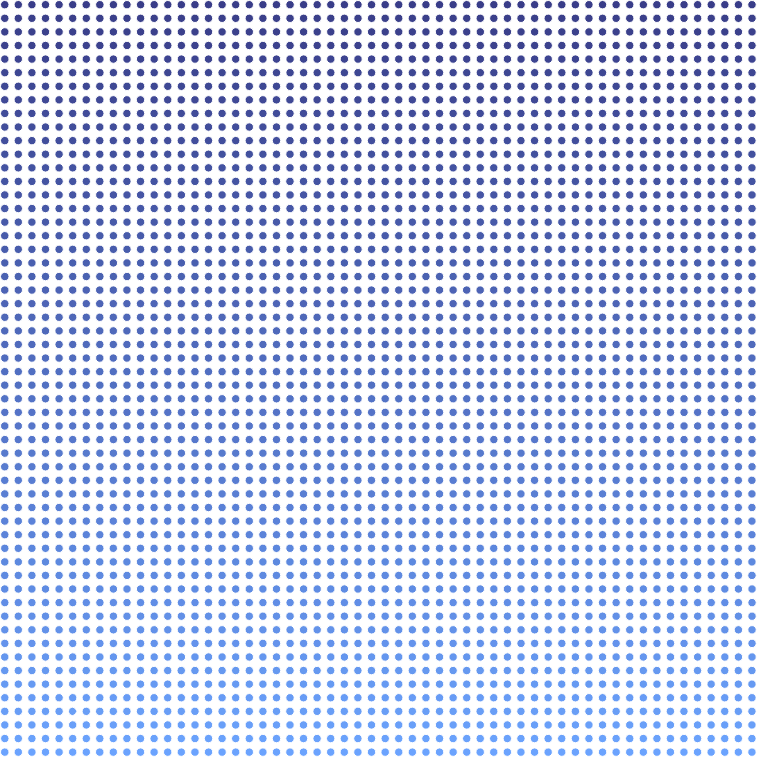
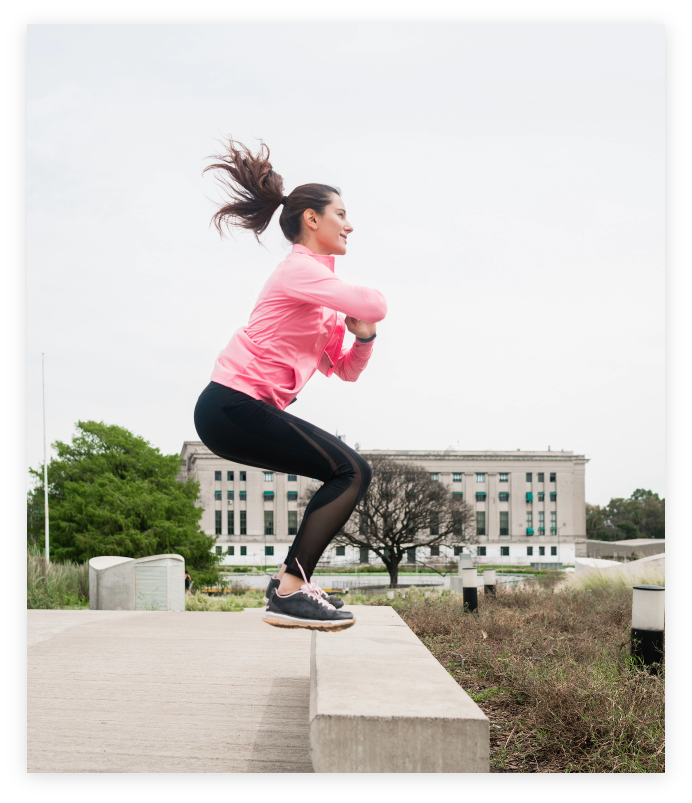
A herniated disc is very common. Chances are you or someone you know has a herniated disc. If you don’t know someone with a herniated disc yet, there is an unfortunately high chance that you someday will. In this article we review the causes, symptoms and treatments for herniated discs.

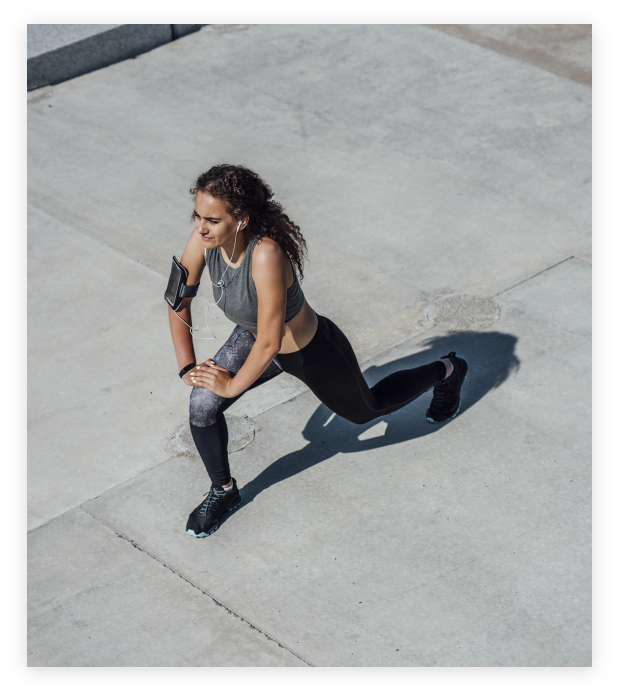
What Is A Herniated Disc?
A herniated disc is a spinal disc in which the inside portion of the disc (nucleus pulposus) has pushed out through the outer portion (annulus fibrosis). When we are young, the outer ring of the spinal, i.e., intervertebral disc is sturdy and holds the gel-like center intact. If the outer ring fails to hold the central portion of the spinal disc, it “herniates” or pushes past its natural barrier. It may help to think of a hernia in which the intestine pushes out or “herniates” through the abdominal wall. The contents of the herniated disc become inflamed and press on surrounding nerves causing pain and other symptoms.
What is Considered a Large
Herniated Disc?
or some time, researchers and physicians considered a large herniated disc to be any spinal disc that extends beyond its normal anatomy by 6 mm or more, the so-called “6 mm rule.” Many online sources suggest a large herniated disc is 3 mm or larger, but no evidence supports this definition. Regardless, newer research suggests that the size of the herniated disc is not really relevant to the patient’s disease course. A herniated disc is problematic if it causes symptoms, no matter how big it is.
What is a Herniated Disc
in the Lower Back?
Herniated discs that cause lower back pain almost always can be found in the lumbar spine. The lumbar spine consists of five vertebral bones from the bottom of the rib cage to the pelvis (sacrum). A herniated disc in the lower back causes pain in the back and shooting pain down the leg. A herniated lower back disc can cause weakness, “pins and needles,” and numbness in the affected leg.
Herniated Disc in Neck
Herniated discs that cause neck pain almost always can be found in the cervical spine. The cervical spine consists of seven vertebral bones from the base of the skull to the top of the rib cage. A herniated disc in the neck causes pain in the neck, shoulder, and arm. A herniated neck disc can cause weakness, “pins and needles,” and numbness in the affected arm.

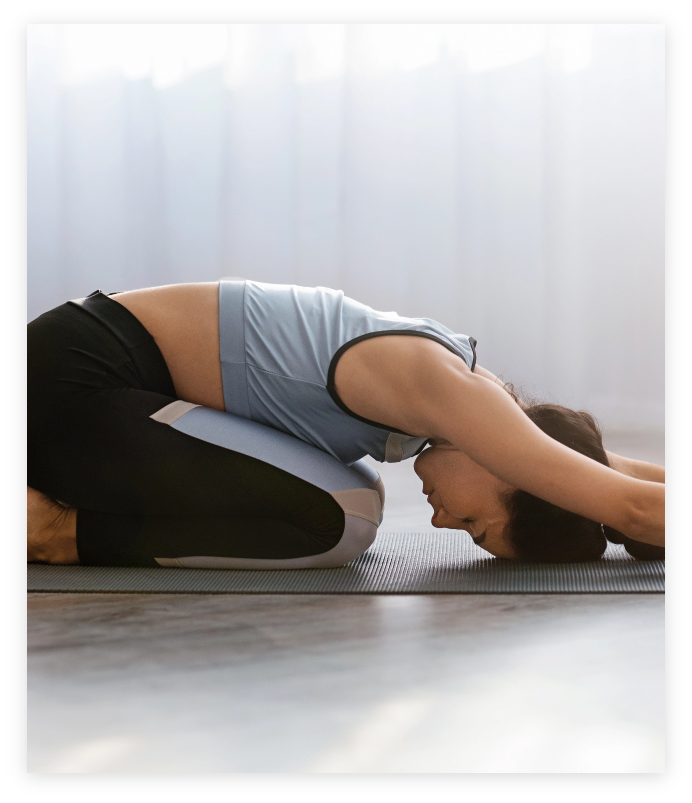
Types Of Herniated Disc
Cervical Herniated Disc
A cervical herniated disc is a disc herniation at any of the intervertebral spaces from C2 to T1. If a person has a herniated disc at the bottom of the cervical spine, for example, it would be called a C7-T1 herniated cervical disc. Cervical herniated discs are relatively uncommon.
Lumbar Herniated Disc
A lumbar herniated disc is a disc herniation at any of the intervertebral spaces from L1 to S1. If a person has a herniated disc at the bottom of the lumbar spine, for example, it would be called an L5-S1 herniated lumbar disc. Lumbar herniated discs are relatively uncommon.
Thoracic Herniated Disc
A thoracic herniated disc is a disc herniation at any of the intervertebral spaces from T1 to L1. If a person has a herniated disc at the bottom of the thoracic spine, for example, it would be called an T12-L1 herniated thoracic disc. Thoracic herniated discs are relatively uncommon.


Herniated Disc Causes
The most common cause of a herniated disc is simply the everyday wear-and-tear of age and activities of daily living. Over time, the outer portion of the spinal disc weakens to the point that it tears open and the nucleus or center herniates. Some things tend to speed up this degenerative disc disease like smoking, poor nutrition, activities that place stresses and strains on the spine, carrying excess weight, and a sedentary lifestyle.


Symptoms of Herniated Disc
Herniated Disc Symptoms
Lower Back - Lumbar
The most common symptoms of lumbar disc herniation are pain in the lower back, buttock, side, and leg on the affected side. It is also common for patients with a herniated lumbar disc to experience “pins and needles” (paresthesias) on the affected side. Leg weakness is less common, by may cause difficulty walking.
Herniated Disc In Neck
Symptoms - Cervical
The most common symptoms of cervical disc herniation are pain in the neck, shoulder, and arm. Like lumbar disc herniation, patients with a herniated cervical disc report “pins and needles” (paresthesias) in one arm. Arm weakness may or may not be noticeable. If it is, patients usually report having difficulty lifting or holding objects.
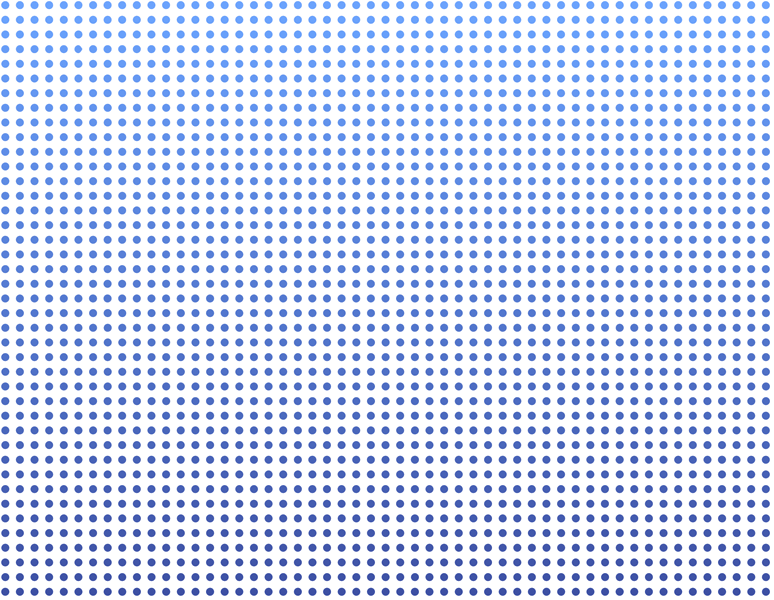
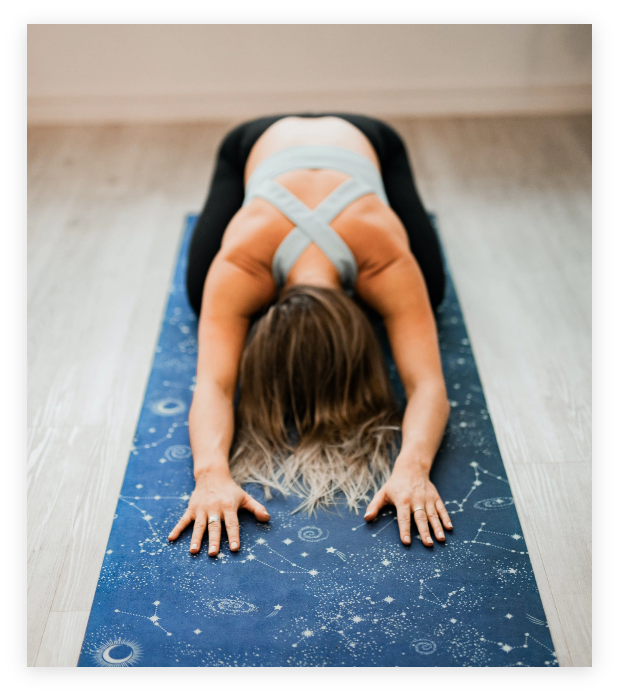
When To See A Doctor
Most people with herniated disc symptoms do not need to see a doctor right away, but there are exceptions. A person should see a doctor right away if any of the following occur:
Severe neck pain (patient cannot get comfortable)
Neck pain with arm paralysis or symptoms in the legs
Severe back pain (patient cannot get comfortable)
Back pain plus the loss of bowel control, bladder control, or both
Patients with new neck or back pain who are immunocompromised, take blood thinners, inject drugs intravenously, or have developed a fever should seek medical attention. Likewise, if the neck or back pain causes significant weakness, a spine surgeon should be consulted.
If none of these are present, most individuals can try a course of non-steroidal anti-inflammatory drugs (NSAIDs). If the pain does not resolve within 2 weeks, it is reasonable to schedule an appointment with a spine surgeon to review your case and discuss non-surgical and surgical disc herniation treatment options.

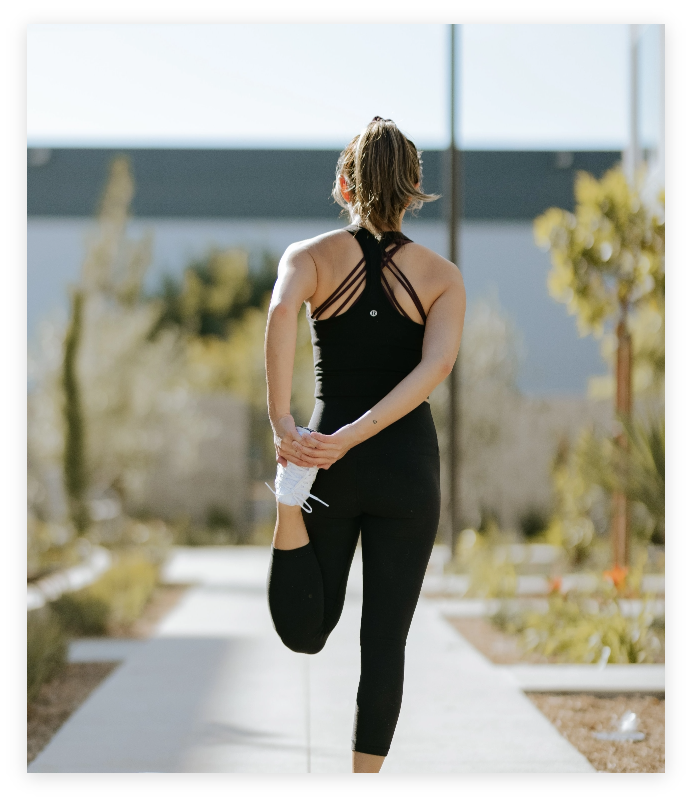
Treatment For Herniated Disc
What Is The Treatment For
A Herniated Disc?
Initially, the symptoms caused by cervical or lumbar herniated discs, i.e., radiculopathies, are treated with conservative, non-surgical interventions. Typically, the first treatment for a herniated disc is a regimen of NSAIDs. If the pain is severe and disabling, a short-term course of opioids may be needed. While physical therapy can also be helpful, it should not be used to treat acute disc herniation, e.g., during the 2-3 weeks after the symptoms started. If symptoms do not resolve 4-6 weeks, patients should consult a spine surgeon to discuss steroid injections and other treatment options.
If non-surgical treatments fail to provide relief, surgery is an option. The two main surgical procedures for a disc herniation are spinal fusion and artificial disc replacement. Both spine surgeries remove the problematic disc, which can relieve pain and other symptoms. With spinal fusion, the two spinal bones at the affected level are fused together and no longer move independently. In artificial disc replacement, a medical device is placed in the intervertebral space to provide height, support, and stability to the spine. Also, the two spinal bones continue to be able to move independently.

How To Help Prevent A
Herniated Disc
Lose weight: Excess weight is a risk factor for a herniated disc, so reaching and maintain a healthy body weight can reduce this risk.
Keep a good posture: A poor posture, like looking down at your phone or slouching in a desk chair can put surprisingly strong stresses on the cervical and lumbar areas of the spine, respectively. Conversely, maintaining a good posture can minimize these stresses and protect the spinal discs.
Exercise frequently: Low impact exercises and overall physical fitness can improve blood flow and nutrient delivery to the spine. Frequent exercise also strengthens the muscles that support the spine.
Quit smoking: Smoking is terrible for health, including the health of the spine. Smoking speeds up the aging process and desiccates the spinal discs. Aged, dehydrated, discs are at greater risk of disc herniation.
Try not to stay seated too long: While sitting down feels like a relief after a long period of standing, sitting for a long time actually puts your spine at risk. Prolonged sitting tends to weaken the muscles in the lower back, while stressing the lower spine. Give yourself at least five minutes every hour to stand up and walk around.
FAQ
What exercises to help a herniated disc?
Exercises that help a herniated disc are those that strengthen surrounding muscles, increase neck and spine flexibility, and increase blood flow to the spine. Exercises that put excessive stress or strain on the spine should be strictly avoided. Low impact exercises like walking, water aerobics, and yoga are better choices than high impact aerobics. Exercises that stretch the hamstrings and strengthen core muscles may help a lumbar herniated disc.
At what age do most people experience
a herniated disc?
Most people experience their first herniated disc between the ages of 30 and 50.
What's the difference between a bulging disc
and a herniated disc?
A bulging disc means the inner portion of the spinal disc (nucleus pulposus) is pushing against the outer portion of the spinal disc (annulus fibrosis), but has not broken through the outer ring, i.e., bulging. A herniated disc means the outer portion of the spinal disc has torn and a portion of the inner spinal disc is pushing completely through the outer portion.
Ready to reclaim your life? Get in touch today.
Visit Us
Your life awaits. Schedule your consultation at one of our premier locations today.
Beverly Hills
Palm Beach
Paducah
St. Louis
Reston
Qatar
FOLLOW US ON SOCIAL MEDIA | @ADRSPINE


